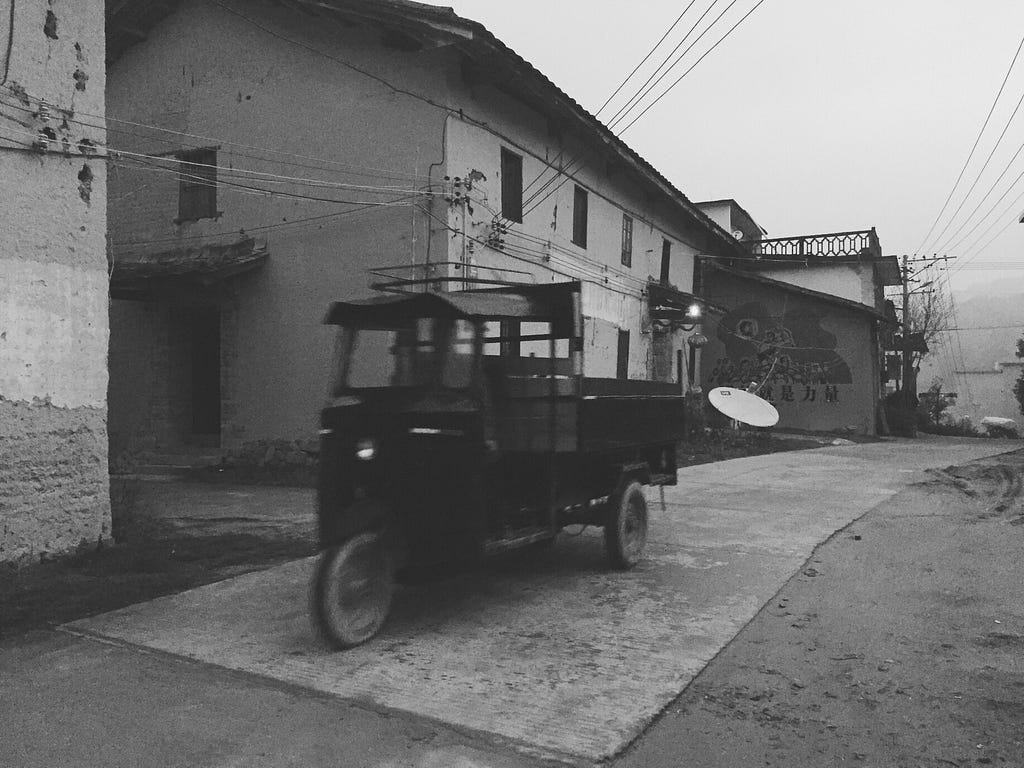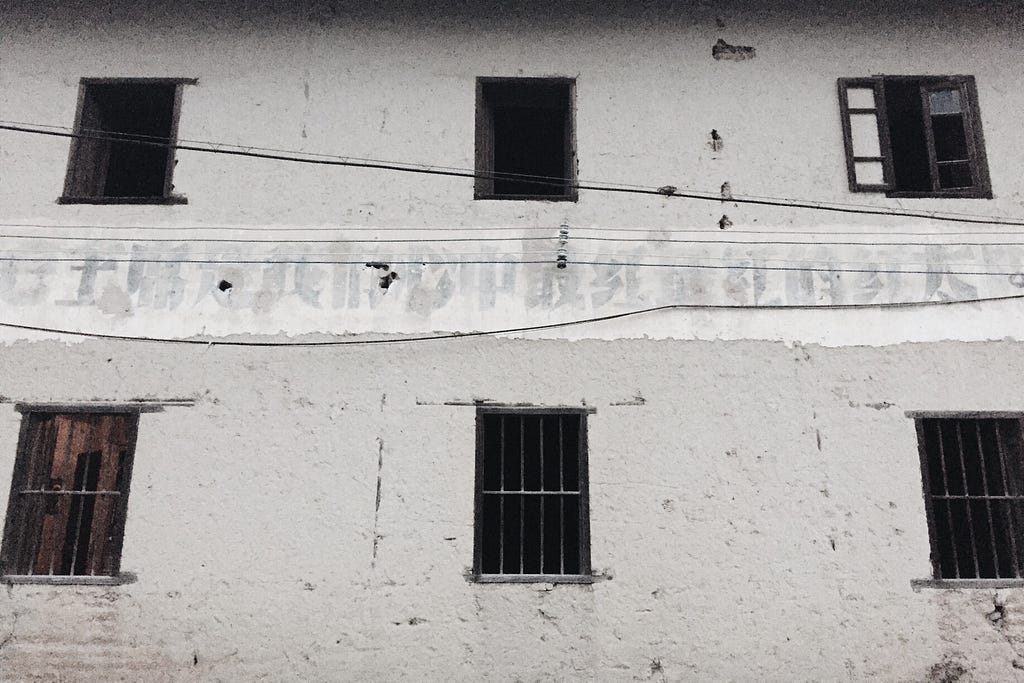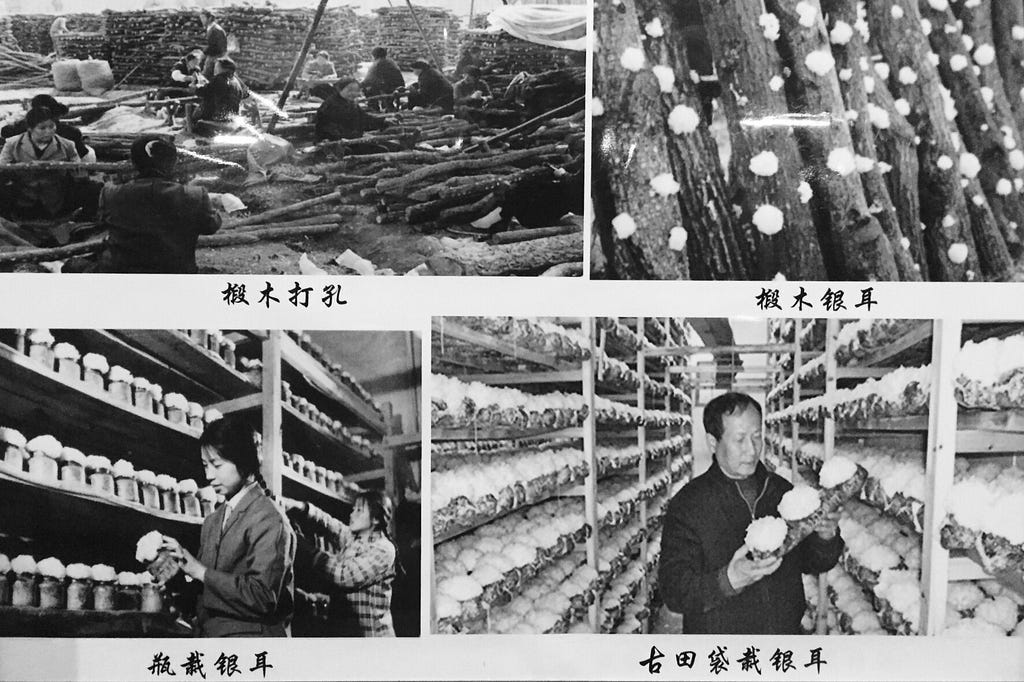Beneath the water, there was the old town, there was the sad history, there was the struggling souls standing in the dim light of yesterday.
My mission into the mountains in the south-east China this time has brought me to 古田县 - Gu-Tian county, it means “the ancient fields” in Chinese. The local bureau of tourism has hosted this trip.
On the first day, I visited 翠屏湖 - Cui-Ping Lake (meaning the jaded green besel lake), and met with the contractors of a project to construct a natural retreat site by the lake. Tourism has been considered another source of income for Gu-Tian county, especially after the new highway and the intercity high-speed railway to the provincial capital being opened in October 2015.
Standing here facing the lake, seeing the islands spread out on the water, I was told by the head of Ban-Zhong village (坂中村, meaning the village in the middle of the hill slope, a village of Gu-Tian county), that beneath the lake, there lies the old town of the county. When the construction of Gu-Tian reservoir took place in 1958, residents of the county were obliged to relocate at the new area where nothing was built then.
That was a special period of the history of the new republic, called “The Great Leap Forward”. It is known as the cause of the Great Chinese Famine. The unrealistic goals of industrialization and collectivisation demanded people at the time to move rapidly, bringing with them as little as possible, and to build their new home with the materials of their old. It was upon a great loss of the local residents that Gu-Tian reservoir was built, and with little compensation given back to them. Long time after that, the migrated generations were still struggling in poverty, and the fight for their rights lasted for decades.
Today the village of the migration — Ban-Zhong village has still the marks from yesterday: rustic living condition, typical rural buildings with slogan from the 60s (says in the photo: Chairman Mao is forever the reddest sun in our heart); but it has also become a village skilled in cultivation of tremella. All the 400 residents of Ban-Zhong village are engaged in this business for their living.
People of Gu-Tian have developed through a series of technics till the latest and the most famous one — Gu-Tian tremella bagging technic — was proven the most efficient. Each Gu-Tian tremella bag contains three tremella lobes, filled with nutriment that enables the tremella to grow 15–20 times faster than the original branch technic.
Next: Into the Field: Gu-Tian (2) | Originally published at www.linkedin.com.









